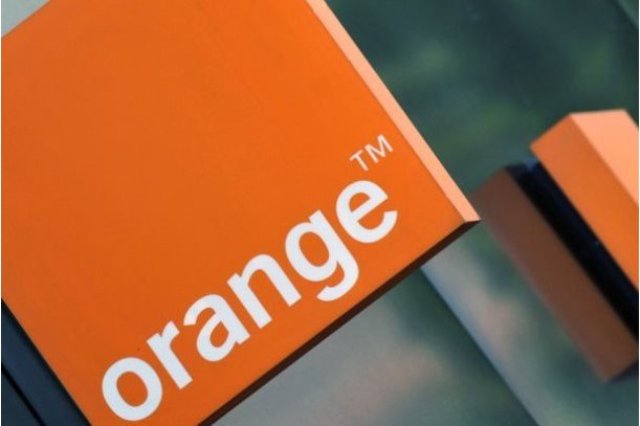Orange has achieved incremental revenue growth for each of the last 6 years, rising from 39.4 billion euros in 2014 to 42.3 billion euros in 2020, MTN Consulting report said.

Its profitability improved in 2019-20, with free cash flow as a percentage of revenues rising from 4.8 percent in 2018 to 6.5 percent in 2019 and 12.8 percent in 2020.
Total number of mobile subscribers (excluding MVNOs) has been rising modestly, from 203.6 million in 2016 to 214.1 million in 2020. Fixed line subscribers have been dropping slightly, from 46.8 million in 2018 to 45.1 million in 2020.
FTTH and cable subscribers have been rising on the back of heavy fiber investments, from 6.3 million in 2018 to 9.6 million in 2020. The company has 48.3 million “connectable” homes over FTTH and cable networks, from 32.5 million in 2018. Roughly half of these connectable homes are in France, with the other half across other European countries (Spain and Poland, mainly).
Overall, about 43 percent of its net PP&E value comes from the wireline access network, which has grown its share recently as Orange has picked up investments in FTTH and searched for capex savings in the RAN via tactics like RAN sharing.
Other net PP&E categories include wireless access (19.4 percent of net PP&E at end of 2020), core & transmission (10.8 percent), terminals & CPE (3.9 percent), software (12.9 percent), land & buildings (6.0 percent and falling), IT equipment (2.4 percent), and other (1.3 percent).
In 2020, Orange’s spending on network infrastructure included the following:
Orange’s total Capex was $8.31 billion, or 17.2 percent of revenues (2019: 17.7 percent). By region, Orange’s Capex in 2020 was 56 percent France, 12 percent Spain, and 12 percent Africa & MEA; the remaining ~20 percent is scattered across Europe. Software, included in total Capex, amounted to roughly 12 percent of capex in 2020. Spectrum would add 13.3 percent to Orange’s 2020 capex if it was included.
Orange’s network operations Opex was $6.83 billion, or 21.2 percent of Opex excluding D&A. This is an increase from 20.1 percent in 2019 and 19.3 percent in 2018. The “Internal labor expenses” portion of network operations expense has been declining with time, from 62 percent in 2016 to 54 percent in 2020.
Huawei, Ericsson, and Nokia have been the largest suppliers over the last 3 years, in line with their strength in mobile RAN markets. Huawei and Nokia are the top two vendors in access and transmission markets. Cisco is an important supplier in IP infrastructure.
Other important suppliers include Adtran (fixed access) Amdocs (OSS/BSS), Dell Technologies/VMWare (virtualization, cloud solutions), Infinera (transmission), Juniper (IP infra), and NEC (microwave).
Over the last decade, Huawei was the largest individual vendor to Orange due to its success in winning 4G networks. For 5G, however, Orange operating companies have largely shied away from the Chinese company; Orange Spain is an exception.
